- Sega and Media City Qatar signed an MoU to grow gaming in Qatar and MENA
- Focus areas include Arabic localization, talent development and possibly new titles built in the region
- The deal aligns with Qatar National Vision 2030 and follows a Media City roadshow in Japan
Sega has signed a memorandum of understanding with Media City Qatar. The goal: help localise content, support regional talent, and bring more games that speak to Arab audiences. It also hints at collaboration on new titles prodcued in MENA. For our region, including the UAE, this could mean better Arabic support, community jobs, and maybe faster release pipelines. The announcement pegs MENA's market at $6.8bn by 2030, and points out Arabic still makes up a tiny slice of the internet.
What SEGA and Media City Qatar actually agreed
The deal is an MoU, not a full joint venture. But it sets direction.
- Localisation and culturally relevant content are front and centre.
- Talent programmes and production support are on the table.
- Collaboration could extend to new game titles made with regional teams and facilities.
- The agreement stems from Media City Qatar meetings with Japanese game giants.
The announcement is careful with wording, but clear on intent: bring SEGA’s know-how together with a regional base that can recruit, train and ship content tailored to Arab players. It’s also a political fit, tied to Qatar’s 2030 strategy for creative industries.
Why this matters for Arabic gamers (and parents)
Players here still juggle patchy Arabic UI, subtitle gaps, or late regional releases. If this partnership works, we get fewer excuses.
- More day-one Arabic UI/subs across platforms.
- Content that respects local culture out of the box.
- Potential for events, QA hubs and community ops inside the GCC.
- A clearer path for graduates into real dev and production roles.
Media City Qatar’s CEO flagged the market’s growth potential and the massive Arabic-speaker base versus the tiny share of Arabic online content. That mismatch is the opportunity. Localised games that feel natural in Arabic are no longer “nice to have”—they’re the growth lever.
The numbers behind the bet
We’re not swimming in details, but we do get two useful figures.
- MENA gaming projected at $6.8bn by 2030.
- Arabic is about 3% of online content despite 420m native speakers.
Take those together and you see why localisation is step one. It’s cheaper than building massive new studios, yet it unlocks spend. Over time, that feeds into regional production—voice, narrative, testing, live-ops—before full game builds come into play.
What to watch over the next 12 months
MoUs are easy. Delivery is hard. Here’s what will prove this is real:
- Day-one Arabic support across SEGA’s next wave of releases.
- Regional community managers and QA roles posted in GCC.
- Partnerships with local universities and training tracks.
- Announced projects with Arab writers, artists and VO talent.
- Any hint of region-hosted servers or event circuits.
If even half of that happens, the region’s dev scene levels up. And UAE players get games that feel like they were made with them in mind.
What exactly is an MoU—does it change anything today?
It’s a formal intent to work together. It enables planning and pilots but doesn’t guarantee products. Expect localisation and talent programmes to show first.
Will SEGA open a studio in Qatar (or the UAE)?
No studio announcement was made. The MoU mentions collaboration on new titles and use of local facilities, which could involve regional teams, vendors or partners.
When will we see more Arabic in SEGA games?
Timelines weren’t shared. The goal is to bring content “closer to players” in the Arab world, so watch upcoming SEGA releases for Arabic UI/subs at launch.
Subscribe to our newsletter to get the latest updates and news
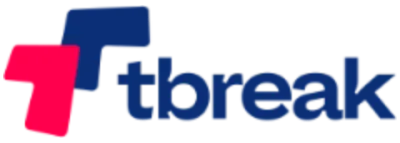
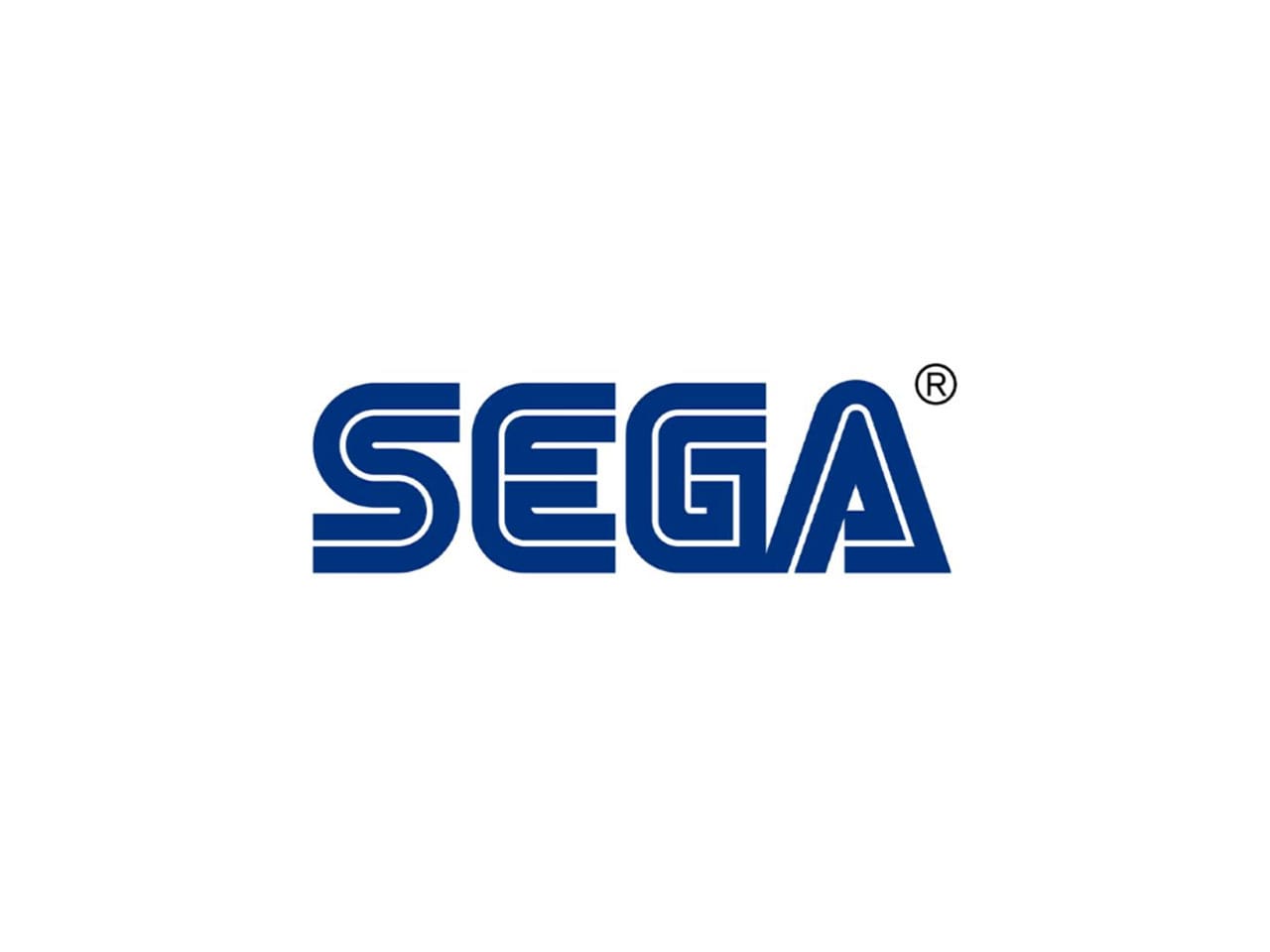



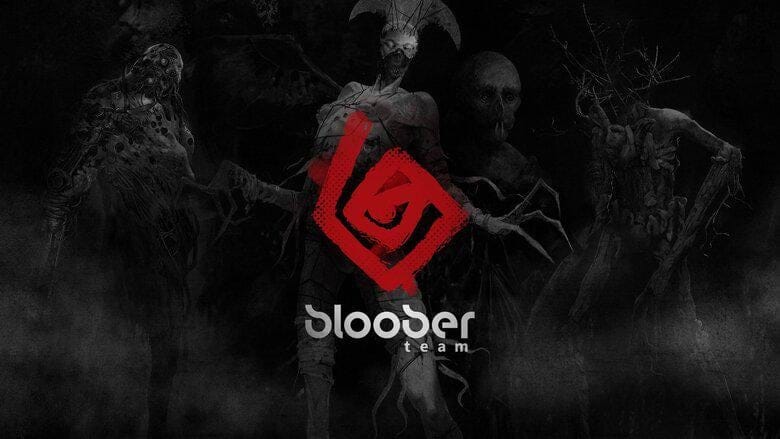

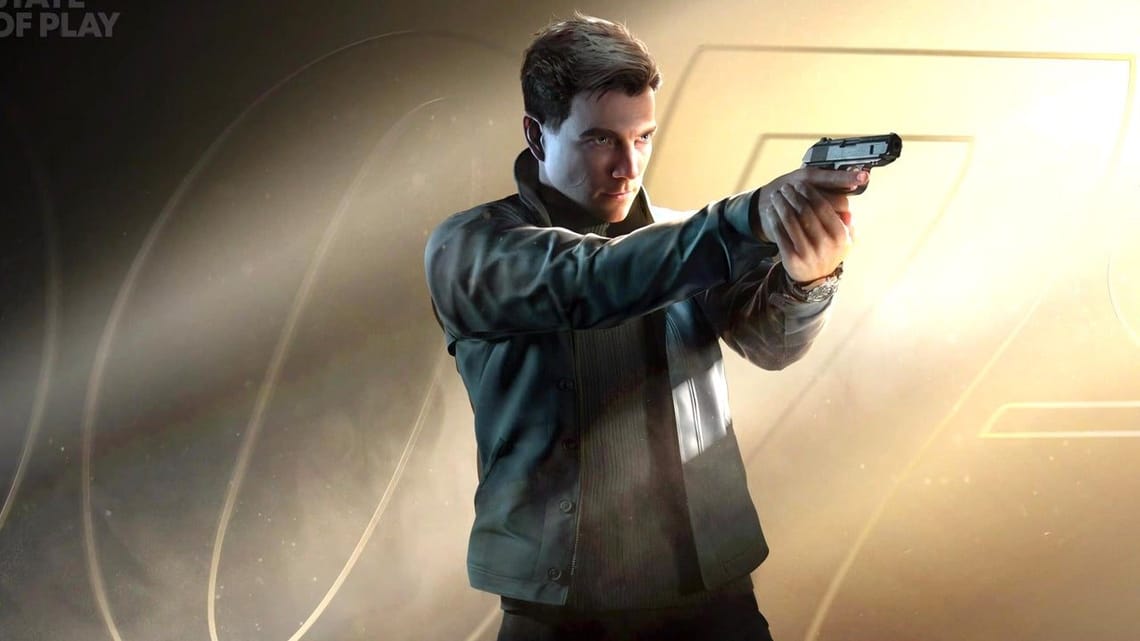

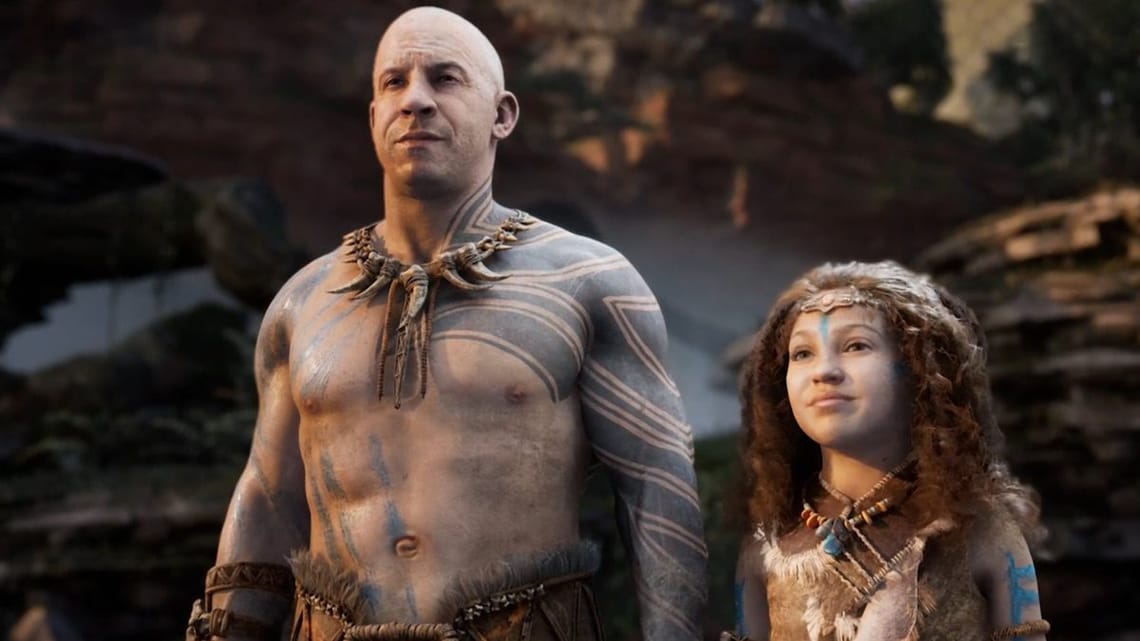
Member discussion